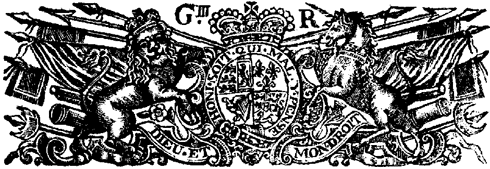

The First Foot Guards
We are a Revolutionary War
reenactment group based in Boston MA,
accurately portraying the royal household regiment that is now known as
The Grenadier Guards
The Royal Military Academy at Sandhurst
The British equivalent of West Point.
Founded during the reign of George III, this academy was founded too late to benefit RevWar officers!
Text is abridged from the official Sandhurst website.
The Royal Military College was formed in 1800 in response to the disasters experienced by the British Army in the early campaigns of the French Revolutionary War. Its founder was Major General John Gaspard Le Marchant, a cavalry officer who studied his profession seriously and had the ear of King George III.
He planned a college consisting
of three parts.
The Senior Department would train officers in staff duties.
The Junior Department, similar to the RMA but with less emphasis on science
and technology, would train gentlemen cadets to be junior officers.
The Legion, made up of the sons of non-commissioned officers, would act as a
demonstration battalion and at the same time give these boys an education to
fit them as future NCOs.
The Senior Department was formed at High Wycombe from a school privately founded in 1799 by General Jarry, a French émigré. It moved to Farnham in 1814, then joined the Junior Department at Sandhurst in 1821. In 1858 it was renamed the Staff College and in 1862 took over its new building at Camberley, at the edge of the Sandhurst estate
The Junior Department of the RMC, formed as a college of gentlemen cadets, began in 1802 at Remnatz, a converted country house at Great Marlow. When the experiment proved successful, a new site was purchased at Sandhurst Park, Berkshire, where, after several false starts, the new Royal Military College was first occupied in 1812. The purchase system was still in force, but gentlemen cadets who completed the course and were recommended by the College authorities were grated their first commissions without purchase. When there were more candidates than vacancies, RMC cadets were given priority. Despite these advantages, the RMC gained a reputation for disorderly behavior, rioting, and bullying, comparable with unreformed public schools of the period, with the average age of the cadets being about fifteen. Gradually the age was raised, but the College failed to lift the more irksome petty rules intended for schoolboys rather than young men. This led to the Cadet Mutiny of 1862 in which the cadet battalion withstood a three-day siege in one of the earthworks used for fortification training, before finally surrendering to the C-in-C, HRH the Duke of Cambridge, who came down in his coach from London to restore order.
The College was closed in 1870***, when the purchase system was abolished and first commissions were, for a time, awarded by competitive examination. The buildings were used to train successful candidates in military skills while they waited to join their regiments, but this did not prove satisfactory, and in 1877 the examination became for appointment to the RMC as a cadet, rather than for a commission. In practice the cost of the college fees was much the same as that formerly charged for an ensign's commission, and this, plus the school fees required in preparation for the entry examinations, meant that the social composition of the Army's officers remained unchanged. The RMC was not large enough to train all the subalterns needed by the Army, so an alternative route, favored by those who failed entry to the College, was to obtain a commission by nomination in the Militia. It was then possible to transfer to the Regular Army after a period of full-time service and passing the College's final examination.
In 1912 the RMC was increased in size to eight companies, six of which were accommodated in the New College, completed in that year. Another two companies were added during the First World War, during which 3,274 former gentlemen cadets of the College gave their lives. After the war, the RMC formed into four large companies instead of eight small ones, as infantry battalions had done in 1912, with College HQ corresponding in size to a battalion headquarters.
***Until 1870 the usual way
for an officer of the cavalry or infantry to obtain his commission was by purchase.
A new candidate had to produce evidence of having had "the education of
a gentleman", to obtain the approval of his regimental colonel, and to
produce a substantial sum which was both proof of his standing in society and
a bond for good behavior. When a promotion vacancy occurred, the senior officer
of the immediate lower rank in the same regiment had the first claim to be promoted,
subject to being able to produce the appropriate sum laid down by Parliament
for the rank. Promotion to colonel and above was by seniority without purchase.
Staff appointments, which carried promotion, were by selection, not purchase,
but an officer reverted to his regimental (normally purchased) rank on expiry
of tenure.
When an officer left the Army, the price of his last commission was refunded,
thus realizing a large capital sum for investment elsewhere.
The system was subject to abuse, as very rich men could pay their juniors not
to take up their right to promotion, but had the advantage of allowing wealthy
officers to obtain command of a regiment in their twenties, while at the peak
of their fitness and energy. By contrast, in the Ordnance corps, where promotion
was by seniority, it was common to find officers in their forties still serving
as subalterns. The greatest weakness of the purchase system was its reliance
on officers learning their duties by experience after appointment, rather than
by previous training.